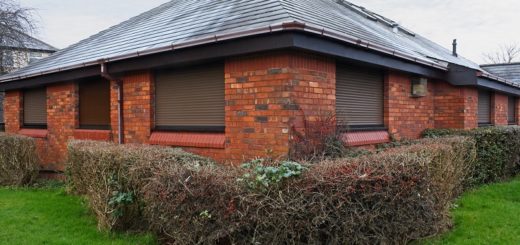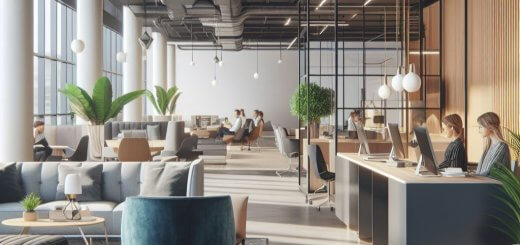Through proper maintaining and improving their homes, people are becoming more aware of the designs that impact their health and society. If we add climate change and rising energy costs into the equation, it’s easy to see that there are many reasons to reduce energy consumption and still stay comfortable. While it’s easy to replace appliances with more energy-efficient ones, before you splurge on a new air conditioner, make sure you’re familiar with sustainable home upgrades.
Define optimal environment
It was long considered that 21℃ is the golden standard for the optimal room temperature, but now it’s widely recognized that people prefer temperature variations to uniform indoor values. After all, not many of us strive for constant room temperature year-round. Most of us like to wear shorts in the summer and throw on a cardigan in the winter.
Climate zone variances
The next consideration is your climate zone. In a city like Melbourne, for example, where there are more heating than cooling days, if you’re retrofitting in summer, make sure your main goal is to let the sun heat the space in the winter. Even as the climate shifts, Melbourne still has more heating requirements, whereas in Perth, it’s the other way around – keeping out the heat and catching the ocean breeze.
Reversible solutions
Areas like Melbourne can greatly benefit from reversible sunblock solutions, such as plants with seasonal foliage that shade windows in the summer but let the sun through in the winter. Apart from natural shade, there are numerous temporary installations like shade sails or retractable window awnings. Reversely, in hot areas, outdoor plants can cool living spaces through evapotranspiration, which is one of possible answers for the growing urban heat island problem in large congestions.
Top to bottom
Although the popularity of insulated ceilings, floors and walls has receded in the last few years, giving way to innovations that aren’t always as effective, complete home insulation is still the best way to reach 50-80% of heat gains or losses, depending on what you’re aiming for. Ceiling insulation is inexpensive and, in many cases, it can even be augmented with attic floor insulation. Roof coating surfaces that reflex excess heat can also find many applications in various landscaping materials for your backyard.
Sustainable windows
Regular, single-glazed windows are accounted for 10-35% of heat gains/losses in our homes. Although you can have a secondary pane placed over the existing windows, today there is a whole palette of double-glazed window products in all price ranges. In case your existing windows turn expensive to replace or difficult to remove, these Perth-based double glazing experts use double glazing systems that fit the existing windows, doors, skylights or glass areas, retaining the home’s heritage or period properties, in addition to providing thermal comfort and soundproofing your home.
Digital data systems
Another approach to sustainable home upgrades is to invest in digital data systems that monitor indoor energy use. Latest technology has yielded home systems that integrate energy supplier portals, temperature loggers and specially developed smartphone apps. A pair of temperature loggers, one placed in the living room and another in the bedroom, can collect data in near-to real time. You can use this data to see how your home is performing and how you use energy. More than anything, it will show you the difference that the retrofit you’ve paid for has made.
Rules of retrofitting
Focus on what you need most and what uses/loses/gains the most energy. This also includes the most expensive items. It’s always better to prevent heat gains or losses, so before you reach out to more efficient appliances, make sure all your passive preventive options are exhausted. Even better than using standardised solutions, diversified retrofits allow for controllable comfort, so you can always adjust the indoor temperature to your current needs.
Retrofits are above all passive measures. Although they might seem basic, the technologies, markets and prices are changing rapidly, giving way to new retrofitting ideas and advanced products. Another vote for sustainable retrofits is comfort, which can only become more important as the climate changes affect our homes in the future.













